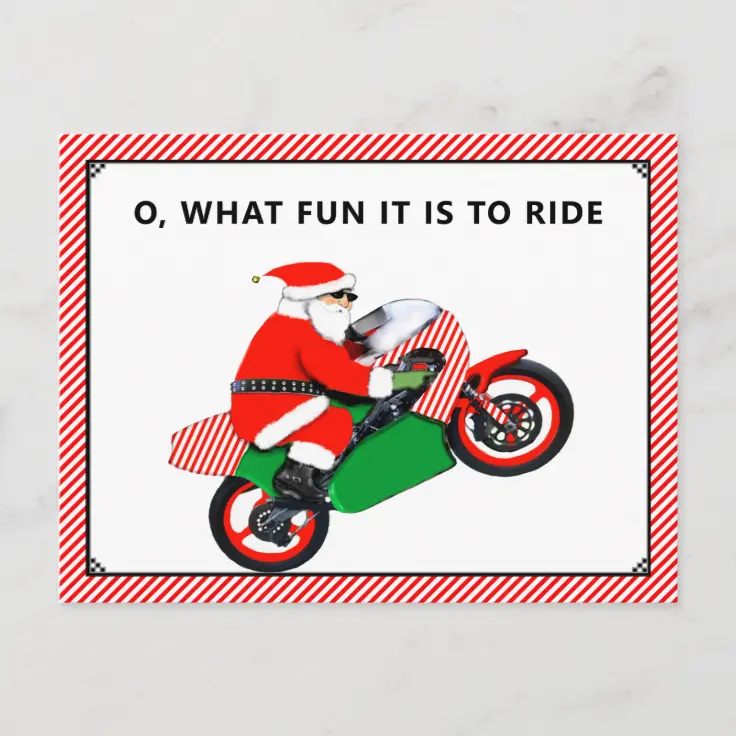
Cold Weather Is Upon Us
Cold weather is upon us
As I am writing this column in mid November, it’s starting to rain with about two inches of snow coming overnight. It will be a couple of days before it gets above freezing. Parked Motorcycle Syndrome (PMS) has officially arrived. April’s better riding weather is about five months away. Is there any hope for riding opportunities before then? Yes.
There will be breaks in the weather during winter– temperatures will not be in the 70s but there will be days when you can enjoy a ride if you and your bike are prepared.
Bike modifications
Most sport touring bikes already have integrated fairings and windshields, but there is room for improvement. An obvious option is a taller windshield. I installed the Yamaha Touring windscreen on my FJR, which is four inches taller than stock. The electric control gives a range of up and down motion so I can lower and see over it if it’s fogged, yet still be able to raise it above the top of my helmet to reduce cold air on my face and upper torso.
I add hand shields to directly cover the handlebars, making the heated grips doubly effective. The stock fairing lowers do a good job of shielding my legs and feet from the cold air blast.
Dressing for the ride
First and foremost, keep your head warm. Your head is the most vulnerable part of your body in cold, moving air, and the rest of your body gives it highest priority for maintaining temperature. Exposing your head to a 50-mph cold blast of air rapidly depletes your body heat.
Wearing a full-face helmet, always a good idea for safety, also provides insulation for your head that helps conserve body heat. Add the right jacket, gloves, pants and boots and your riding comfort on cold days increases dramatically.
Electric heated gear
The traditional way to dress for cold weather is to wear multiple layers, adding or shedding them as temperatures change. I did that for many years, but there’s a much better way.
Electric heated gear is an excellent investment for extending your riding season. Heated jacket and pants liners are light and relatively thin, providing freedom of movement and minimizing the number of clothing layers.
Due to the considerable wind chill at highway speeds, electric gear needs to produce a lot of heat. Jacket and pants liners typically consume about 75 watts apiece at full power, so they must be hard wired to the motorcycle electrical system through a controller.
Heat controllers
Heat controllers allow heat level to be easily adjusted on the fly. They adjust heat output by turning the power to heated gear off and on about once per second. A knob on the controller adjusts the percentage of time the power is on, from a low of a few per cent all the way to 100% when the control is set to maximum.
There are several controller styles to choose from. Some have a wireless remote control, allowing the controller to be wired and mounted under the motorcycle seat with a connector for the rider to plug into. The wireless control module can be clipped on a pocket or anywhere that’s convenient for the rider.
I prefer a simple controller, perched on top of the clutch reservoir. I can easily reach the knobs to adjust heat level, plus see and reach the connectors to plug in to my gear.
If you use both heated jacket liner and pants, get a dual controller that allows independent adjustment of each.
Keeping your body warm
1. Get a heated jacket liner- Don’t waste money on a vest when you can have the benefit of heated sleeves. The sleeves also contain handy connectors to plug in heated gloves if you wish to use them. Notice how this jacket liner has a tall collar. It’s heated too so when it’s really cold, you can flip it up around your neck and extend its warmth almost to the base of your helmet.
2. Always start with a base layer such as underarmor shirt and tights. Put the jacket liner on next so it is close to your body.
3. You need to block the flow of outside cold air, so wear a jacket that is rain and wind proof. Gore-tex jackets and pants are an excellent choice.
4. It’s best if the jacket is a tight fit that holds the heated liner firmly against your body for best heat transfer.
5. Always use a controller to set a comfortable heat level.
6. You may find that the underarmor, heated and jacket layers are all you need. If you want more warmth, put additional insulating layers between the heated liner and the jacket.
7. A heated jacket liner can be helpful in warmer weather as well. If you have a long travel day in the rain, the heat will feel good well into the 75-degree range.
8. I like to use the heated liner with my summer mesh jacket. On spring and summer days that start out as cool as 55 degrees, I can begin with the heat on and dial it back as the air warms up. The liner/mesh combo remains comfy into the upper 70s, when I take a break and put the liner away.
Legs and feet
My FJR fairing has pretty good wind protection for legs and feet, so keeping them warm is a bit easier.
I wear a pair of unvented Revit waterproof armored pants year-round, with Under Armor tights as a base layer. This combination is good from 90+ degrees all the way down to about 55. At that point, I add a pair of Gerbing heated pants between the Under Armor and Revit outer layer.
The Revit pants come with a nice insulated zip-in liner, but the Gerbing pants are a better choice since I can dial in as much or little heat as I wish. If I’m facing an all-day ride in very cold temperatures, I can add the Revit liner between the Gerbing and Revit pants for an extra layer of insulation.
What about keeping your feet warm? First, if your legs and torso are toasty, your feet already stay warmer. I have a pair of Sidi Gore-tex waterproof boots with some built-in insulation that I wear all year round with compression socks. When temperatures drop, I just add insulating socks. It’s a good idea to buy boots that are a size bigger than you normally wear so heavy insulated socks don’t make the fit too tight. That’s all I’ve needed, but you can add heated socks or foot pads if you wish. Like heated jacket liners, pants have handy power connectors for socks so all you have to do is plug in and you’re ready to go.
Too much of a hassle to bundle up? Parked Motorcycle Syndrome just gets worse as winter drags on. Before long even a 40-degree day will look pretty good!
——————————————————————–
Connect with local Ohio MSTA riders at these monthly breakfasts:
Southwest Ohio Breakfast, 9AM December 21
Village Family Restaurant
144 S. Main St.
Waynesville, OH 45068
Central Ohio Breakfast, 8AM, December 1
Portside Cafe
6515 S High St
Lockbourne, OH 43137



